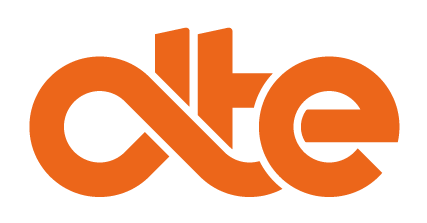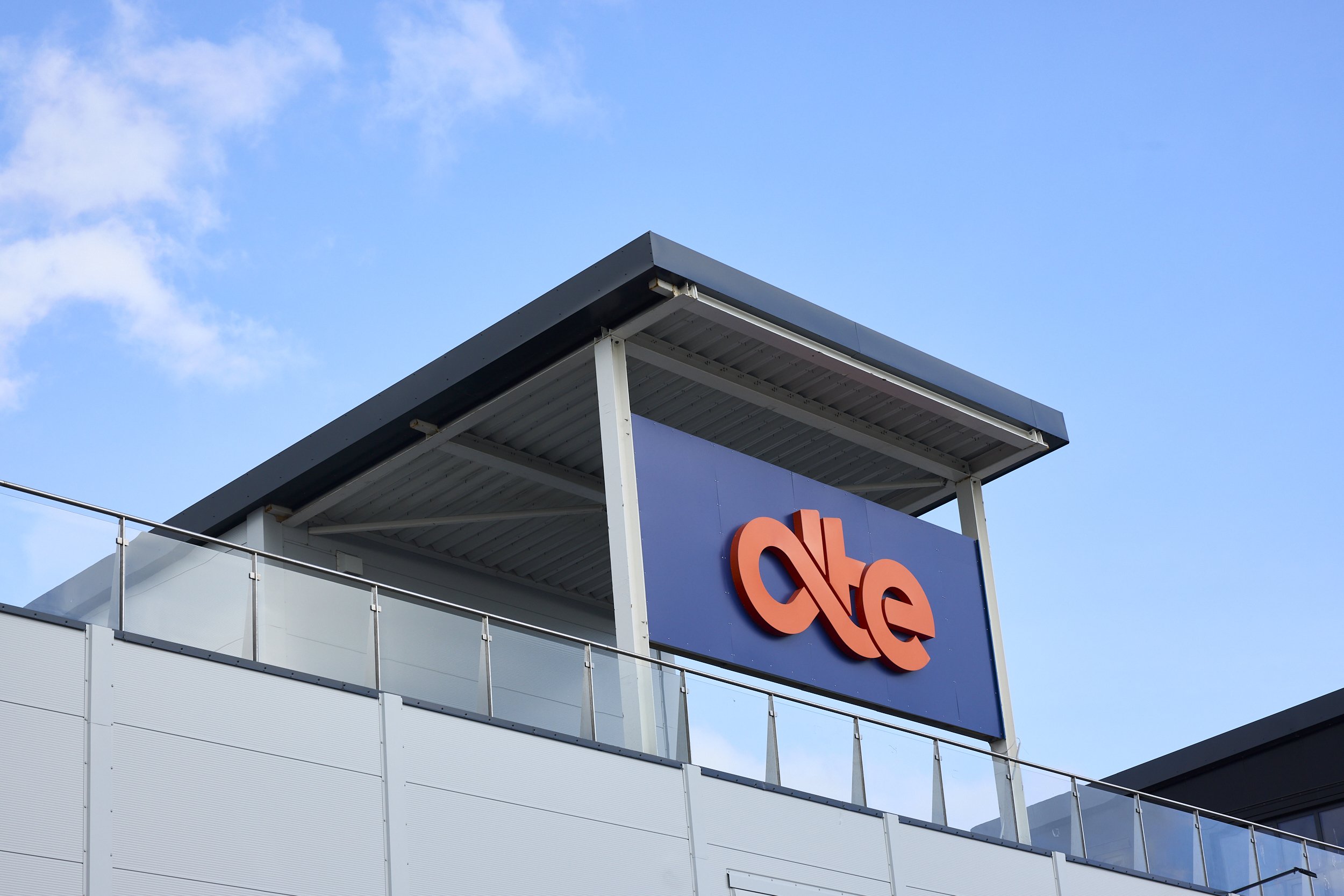Navigating Culture Change: Insights from DTE’s Head of People and Culture
At DTE, we believe that a strong, positive company culture is the cornerstone of our success. Recently, our Head of People and Culture, Ólafur Kári Julíusson, was featured in HRO Today, sharing valuable insights on how to effectively navigate and implement culture change within an organization. We are proud to highlight Ólafur’s expertise and the practical strategies that are helping to shape our thriving workplace.
A Roadmap for Culture Change
In the HRO Today article, Ólafur Kári Julíusson, along with four other executives, discusses the challenges and opportunities associated with driving cultural transformation. As DTE continues to grow and evolve, fostering a culture that aligns with our values and strategic goals is more important than ever. Here are some key takeaways from Ólafur’s contributions that are helping guide our journey.
Assessing the Current Culture:
Understanding the existing company culture is the first step toward meaningful change. Ólafur highlights the importance of conducting comprehensive assessments through employee surveys, focus groups, and feedback sessions to gain a clear picture of the current cultural landscape. These insights are crucial for identifying areas that require improvement and those that should be preserved.
Defining the Desired Culture:
Once the current culture is understood, the next step is to define the desired culture. This involves articulating the core values, behaviors, and attitudes that the organization aims to embody. At DTE, we have engaged our leadership team and employees in collaborative workshops to co-create a shared vision of our desired culture. This collective approach ensures buy-in and fosters a sense of ownership among all team members.
Creating a Strategic Plan:
A successful culture change initiative requires a strategic plan that outlines specific actions and timelines. Ólafur emphasizes the importance of setting measurable goals and continuously monitoring progress. At DTE, our strategic plan includes targeted training programs, leadership development initiatives, and regular communication to reinforce the desired cultural attributes.
Engaging Leadership:
Leadership plays a pivotal role in driving culture change. Ólafur points out that leaders must model the desired behaviors and actively champion the change efforts. At DTE, our leaders are committed to embodying our core values and demonstrating them in their daily interactions. This top-down approach helps to cascade the desired culture throughout the organization.
Fostering Employee Involvement:
For culture change to be sustainable, it must involve all employees. Ólafur advises creating opportunities for employee involvement and recognizing their contributions as essential. At DTE, we have established employee-led culture committees and regular town hall meetings to ensure that everyone’s voice is heard and valued.
Sustaining the Change:
Sustaining culture change requires ongoing effort and reinforcement. Ólafur suggests integrating the desired culture into all aspects of the business, from hiring practices to performance management. At DTE, we continuously reinforce our cultural values through regular training, recognition programs, and by celebrating cultural milestones.
Conclusion:
Navigating culture change is a complex but rewarding journey. The insights shared by Ólafur Kári Julíusson in HRO Today provide a valuable roadmap for organizations looking to foster a positive and dynamic workplace culture. At DTE, we are committed to continuously evolving our culture to support our growth and success. We are proud of the strides we have made and excited about the future as we continue to build a culture that reflects our values and drives our mission forward.
References:
HRO Today. "A Road Map for Culture Change." Retrieved from HRO Today.

